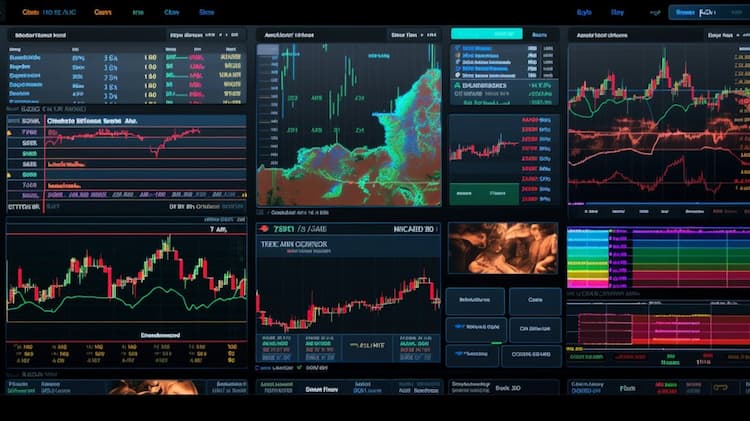GSJY ISSUER
The Goldman Sachs Fund (GSJY issuer) aims to achieve its investment objective primarily by investing at least 80% of its assets in securities included in its underlying index, focusing on Japanese issuers. Employing the patented ActiveBeta® Portfolio Construction Methodology, the fund targets exposure to factors associated with stock outperformance, including value, momentum, quality, and low volatility. This approach eschews traditional active management, instead relying on a rules-based process overseen by Goldman Sachs Asset Management, L.P., the Index Provider. The index construction involves creating factor subindexes from the constituents of the MSCI Japan Index, assigning factor scores based on specified metrics, and combining these subindexes equally to form the Index. Rebalanced quarterly, the Index incorporates turnover minimization techniques. As of December 1, 2023, the Index comprised 226 securities, ranging in market capitalization from approximately $3.44 billion to $305.33 billion. While the Fund seeks to mirror the Index's composition and weightings, deviations may occur due to various factors, including concentration within specific industries. Flexibility in selecting securities and adjusting weights allows for optimization within the Fund's investment strategy.
GSJY DIVIDEND
The GSJY issuer, which represents the Goldman Sachs Fund focused on Japanese issuers, may provide dividends to its investors. Dividend payments are typically sourced from the income generated by the securities held within the fund's portfolio, such as dividends received from Japanese companies. The frequency and amount of dividend payments can vary based on factors like the fund's performance, the dividend policies of the underlying securities, and market conditions. Investors in GSJY can potentially benefit from dividend income as part of their overall investment returns, although it's essential to consider that dividends are not guaranteed and can fluctuate over time.
GSJY TRACKING
The tracking of GSJY, the Goldman Sachs Fund focused on Japanese issuers, refers to its ability to closely mirror the performance of its underlying index. Given the fund's investment objective of attempting to track its index, its performance should ideally reflect that of the index it follows. Tracking is influenced by various factors including the fund's investment strategy, portfolio composition, fees, and expenses. Deviations in tracking may occur due to factors such as market fluctuations, trading costs, and the fund's implementation of its investment strategy. Investors typically monitor the fund's tracking error, which measures the extent to which the fund's performance diverges from its benchmark index. A lower tracking error indicates a closer alignment between the fund's performance and that of its index, providing investors with greater confidence in the fund's ability to track its benchmark effectively.
GSJY CORRELATION
Correlation in the context of GSJY, the Goldman Sachs Fund focusing on Japanese issuers, refers to the degree to which the fund's performance moves in relation to its underlying index. A high correlation suggests that the fund closely follows the movements of its index, meaning that when the index rises or falls, the fund tends to do the same. Conversely, a low correlation indicates that the fund's performance is less tied to that of its index. Correlation is an important metric for investors as it helps assess the effectiveness of the fund in achieving its investment objective of tracking its index. A high correlation implies that investors can expect the fund's returns to be in line with those of its index, while a lower correlation may indicate that the fund's performance could deviate more significantly from its benchmark. Monitoring correlation allows investors to better understand how closely the fund adheres to its investment strategy and objectives.
GSJY SECTOR
As the Goldman Sachs Fund focused on Japanese issuers, GSJY's sector allocation reflects the distribution of its investments across various industries within the Japanese market. The fund may concentrate its investments in specific sectors or industries based on the composition of its underlying index. Sector allocation within GSJY can impact its overall performance and risk profile, as different sectors may perform differently in response to market conditions and economic factors. The fund's sector allocation is subject to change over time due to shifts in market dynamics, changes in the index composition, and adjustments made by the fund manager to optimize performance. Investors should monitor GSJY's sector allocation to understand its exposure to different segments of the Japanese economy and evaluate how it aligns with their investment objectives and risk tolerance.
GSJY EXPOSURE
The exposure of GSJY, the Goldman Sachs Fund focusing on Japanese issuers, refers to the fund's level of investment in various securities within its portfolio, as well as its overall exposure to the Japanese market. GSJY seeks to achieve its investment objective by investing at least 80% of its assets in securities included in its underlying index, which is designed to provide exposure to equity securities of Japanese issuers. This exposure encompasses a broad range of Japanese companies across different sectors and industries. Additionally, GSJY may invest in depositary receipts representing securities included in its underlying index and in underlying stocks in respect of depositary receipts included in its underlying index, further expanding its exposure to Japanese issuers. Monitoring GSJY's exposure allows investors to assess the fund's level of risk, diversification, and alignment with their investment objectives.



